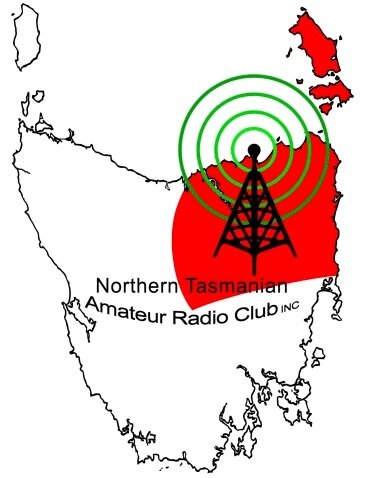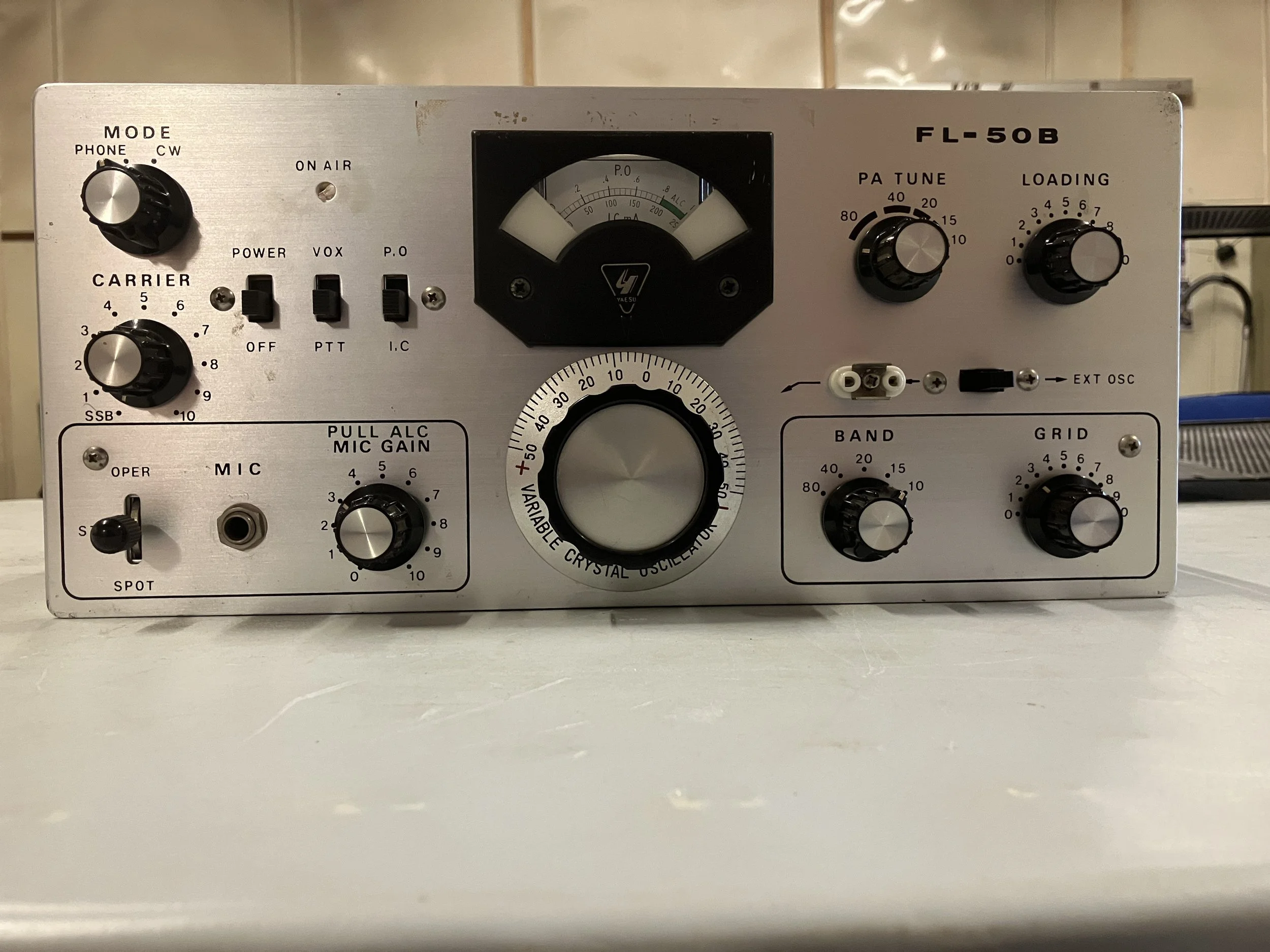Broadcast - 9 November 2025
Last club room technical night Idris VK7ZIR, had something completely different, something totally not electronics in nature, but very much needed for the builder or repairer of some electronic equipment?
It was his “just acquired” miniature tap and die set, manufactured by Marsden and used for putting a screw thread onto a rod or into something that is made of soft metals, brass or plastics. The set includes a selection of hardened high‑speed steel taps and matching dies, a die stock, T‑handle or tap wrench, and a small plastic storage case which is about the size of smart phone on steroids. The miniature description actually refers to the threading diameters. Starting at 1 mm diameter and increasing in 0.2 mm steps, with the largest diameter being 2.5 mm. The size selection lets you fabricate equipment, and possibly more importantly, restore damaged or stripped threads in equipment, where some-one previously has been overly enthusiastic with a screw-driver. Hi-Hi. Notably this set also included paired bottoming taps for blind or non-through holes. This is something that is generally not included in sets available in “big box stores”. But essential if you want to re-thread to the bottom of a drilling during repair work. That is assuming you are not really serious and have a “chaser”, but that’s another “rabbit-hole” altogether. Handling the tools was like the feel and sharpness of a chef’s knife, you know when they are serious about precision and that they mean business, thank you for sharing your new toys with us Idris.
However Ross VK7ALH, continued the tradition with something electronic and very radio related. He also had a recent acquisition, a Yaesu Musen FL-50B purchased from the mainland. Evidently it was originally sold in Johannesburg South Africa! The FL-50B is the HF-transmitter unit of a pigeon pair, with the companion receiver being the FR-50. It is a tabletop model weighing in at 7.5 kilo-grams and was manufactured circa late 1960’s. Frequency coverage is from 80 to 10 metres in five amateur bands. It uses an all valve construction with a 6JS6A as the final, producing a peak output of approximately 50 Watt. The analogue front panel is quite distinctive. Even though it does use rotary switches, it is from that style time where the slider switch reigned supreme! However it does have one exception of a toggle switch, used for microphone transmit. I really can’t imagine a slide switch being used for that one, it just wouldn’t be right. The overall state of the unit is mint condition, it even came with its original operators manual. There is an internal power supply on this model, so 230 Volt AC is fed straight in. It was very nice to see a brand new three pin plug and cable attached to the unit. This replaces the originally attached “figure 8” power cord. An excellent safety decision, seeing the transmitter is aluminium construction. I can only assume that Ross will now be on the lookout for the matching receiver to complete the pair.
It is nice to end on a ‘stop press’, especially when you can bring good news for a change. During the week Matt VK7MAT, was successful in the examination for upgrading his amateur radio license. Congratulations Matt, looks like we may hear you on a few new frequencies in the near future.
As always pictures will be available on the NTARC Web site under “Blogs” for this broadcast. NTARC Blogs
Finally – If you have any items of news please email them to the Secretary at the following address news@ntarc.net all items to be received no later than 5 pm on the Friday prior to the Broadcast.
That’s all folks,
73, Stefan VK7ZSB.




